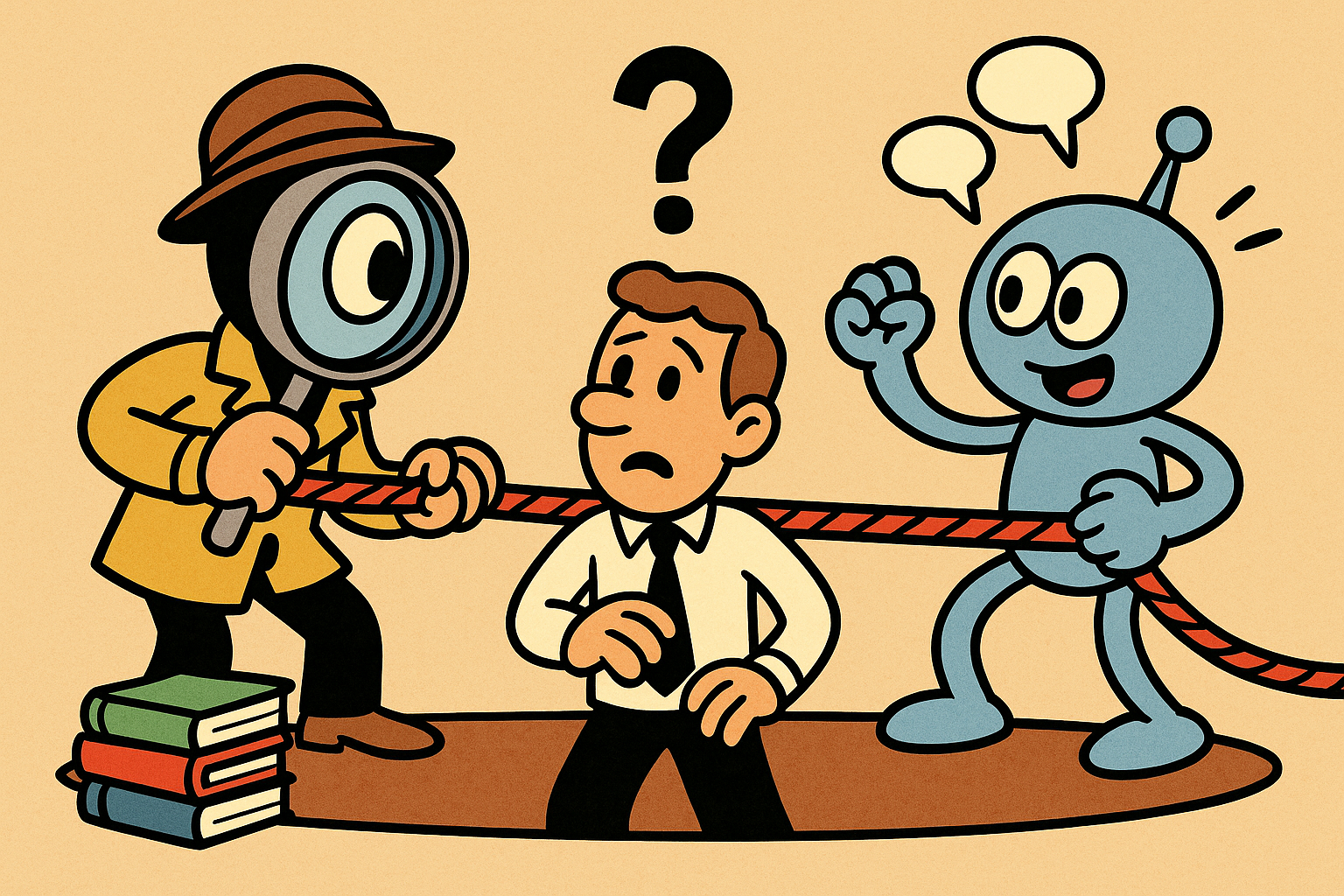From Random Acts to Revenue Impact: A Framework for Marketing and Sales Collaboration
Let’s be honest: for too long, marketing has had a reputation for being the “arts and crafts” department—designing pretty brochures, hosting webinars that feel like hostage situations, and chasing vanity metrics like clicks and likes. But now we’re flipping the script. Our step-by-step plan is designed to transform your marketing into a revenue-generating, sales-aligned powerhouse. Think less glitter glue, more pipeline growth. The days are over when sales takes 100% of the credit when things go right and marketing takes 100% of the blame when things go wrong.
Phase 1: Assess, Align, and Admit What’s Not Working
The first phase is all about taking a hard look in the mirror. We’re assessing current strategies, tools, and processes to spot what’s driving growth versus what’s just draining coffee budgets. This isn’t about finger-pointing—it’s about figuring out how marketing can stop being the awkward cousin at the family reunion and instead join sales at the grown-up table.
To that end, we’re aligning with sales leadership, setting common KPIs (yes, revenue shows up more than once), and creating cross-functional squads where marketing and sales share joint objectives. Because nothing says accountability like having your peers ask why your campaign didn’t move the needle.
Phase 2: Strategy, Skills, and Seriously Better Campaigns
By phase two, the excuses are over. This is where strategy meets training. We’re building a revenue-first marketing plan—mapping customer journeys, sharpening buyer personas, and embracing account-based marketing (ABM) for those high-value accounts that deserve more than just a generic “Dear Valued Customer” email.
The team will also receive the necessary tools and training to succeed. We’re talking analytics-driven decision-making, marketing automation that actually works (no more mysterious leads disappearing into the CRM void), an understanding of who's visiting your website, and workshops that foster collaboration instead of silo-building.
And here’s the fun part: each marketer is paired with a team that includes sales. Everyone gets a revenue target. Everyone gets skin in the game. If you’ve ever wanted to see a marketer sweat like a salesperson on quarter-end, now’s your chance.
Phase 3: Execute, Adjust, and Actually Celebrate
The final phase is where theory becomes reality. Campaigns roll out across multiple channels, websites get optimized for conversion (goodbye, clunky forms), and ABM campaigns target the accounts that really matter.
But we’re not just “set it and forget it.” Metrics are monitored in real time, adjustments are made on the fly, and performance data dictates what happens next. If something works, we double down. If it doesn’t, we pivot—quickly.
And yes, we celebrate wins along the way. Marketing deserves more than leftover donuts from the sales team. Success here means new incentive structures, recognition, and most importantly, proof that marketing is more than a cost center. It’s a revenue driver.
The Payoff
At the end of the exercise, your marketing isn’t just aligned with sales—it’s fused into the same growth engine. The team is trained, equipped, and accountable. Campaigns are customer-centric, data-driven, and ROI-focused. And maybe, just maybe, marketing finally gets the respect it deserves.
After all, revenue is the ultimate KPI—and we’re here to deliver it.





